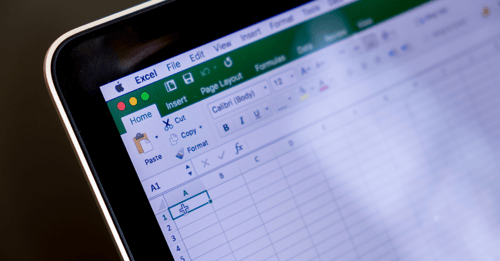Whether your organization is about to kick off a TAI upgrade or is planning for one in the next couple years, this blog provides a helpful overview of what to expect and how to prepare.
The TAI system is custom software tailored to your organization’s needs, and because of this, upgrades require additional effort for both TAI and your organization. Therefore, upgrade timelines can range from 6-12 months and involve the following key elements:
- A project team (with members from TAI and the client)
- A discovery call to build a plan for execution
- 6 phases of implementation
- Data security
Given that each client has unique reinsurance processing and specialized software, the upgrade plan is customized for each client to ensure success. Let’s start with reviewing the types of upgrades you may engage in.
What are the different types of upgrades?
- Platform Change Upgrade - Upgrading from Mainframe to .NET
- Same Platform Upgrade - Upgrading versions (ex. 3.0-3.6)
What key things should you consider when preparing for an upgrade?
- Timing: Balance timing amongst your other IT projects & business initiatives
- Risk: When considering an upgrade, weigh the need for newer features, newer versions vs. “penalty” of not upgrading & receiving budget approval
- Resources: Upgrades require involvement on the client’s behalf to work through the implementation. Ensure resources will be available for the duration of the project when participation is required
- Data Security (Handling of Personally Identifiable Information):
Will the upgrade process be performed at TAI and then provided to the client, or must all work be performed on the client’s servers?
If the upgrade process can be performed at TAI, will any PII fields need to be scrubbed before the data is delivered to TAI?
Does your data security team have any special requirements or questionnaires to be completed by TAI staff?
- Training: There is an element of training from both a user and technical perspective
What happens during the discovery meeting?
The discovery meeting is held to get everyone on the same page before the project kicks off. Our team will provide a rough order of magnitude (ROM) prior to the meeting to help the client with planning, budgeting and approval of the project. The discovery call dives into the upgrade roadmap, resource requirements and next steps.
After the discovery meeting, TAI will send a finalized Statement of Work (SOW) to the client before kicking off the project.
Who needs to be involved during the discovery meeting?
On the client side:
- Project Manager
- Reinsurance Staff, TAI SME (Subject Matter Expert)
- IT Support Staff
- IT Security Staff
- Data security
On the TAI Side
- COO
- Business Analyst
- Programmer
- Project Management
What are the 6 phases of implementation?
- Planning and kick off
This phase will outline baseline deliverables and milestones, clarify roles, and determine communication cadence. From a technical perspective, during this time, the client delivers their data to TAI, a development environment is setup at TAI and the new TAI environment is installed at the client site.
- Conversion and retrofit
During this phase, baseline files are converted, and custom modifications are made. Comparison testing also begins to start validating the database. Any outstanding requirements are also finalized.
- Upgrade Testing/QA
TAI tests the new environment for quality control. This includes:
- Monthly Cycle parallel (EDI Compare – all inforce records, EDT Compare – all billing transactions, Comparison reports)
- Interface testing and comparison reports
- Unit testing retrofit of modifications
- Functional regression testing
- Support of client QA/UAT testing and optional parallel processing
- Final Conversion testing (counts, monthly cycle, database checks)
- Training and interface cycle
Initial training on navigation and new features takes place around the first conversion. Additionally, several variations of testing take place to test the interface cycle.
- Client QA/UAT
Prior to this phase, many tests are conducted by the TAI team. During this phase, the client takes on the testing while being supported by TAI. Any final changes to the software or database are made at this time.
- Go live/post go live
The client will receive technical support from TAI as they Go Live on the new environment. Any final conversions and testing are also conducted to ensure smooth sailing.
Tips for success when planning for an upgrade:
- Understand the scope of the project (i.e not just flipping a switch)
- Take the time to review your existing TAI implementation. For example: are there any processing steps that require manual intervention that might benefit from automation or are there any upcoming organizational projects that may affect your TAI system?
- Get the right people involved from the start
- Ensure resources available to work with TAI during the upgrade
- Be prepared to test, test, test
Ready to schedule your upgrade? Book a meeting here.


